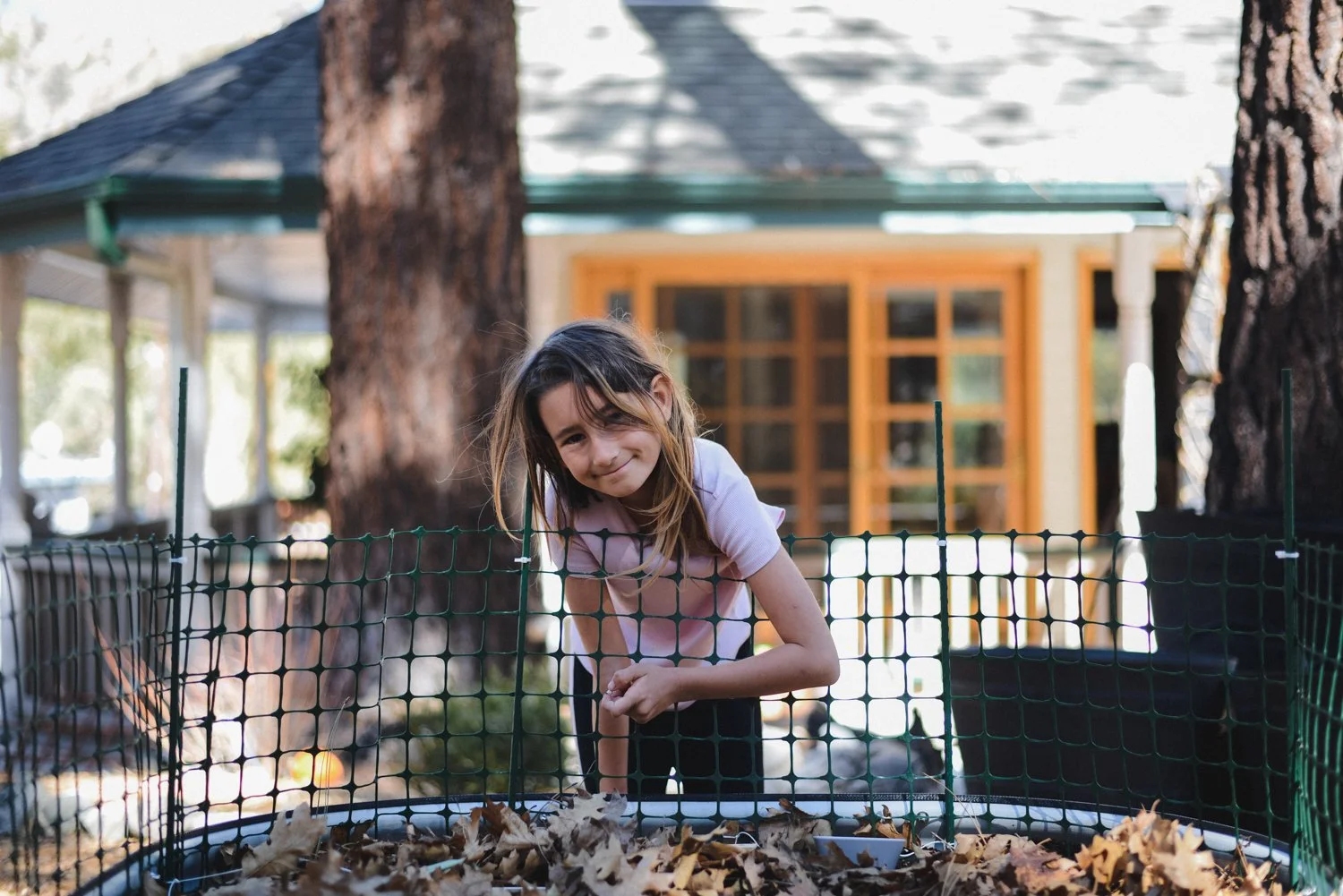Math in the Garden: Learn to Measure With a Ruler While Sowing Seeds
We’re always looking for ways to add math and language arts to what we do at home with the kids.
Sowing seeds with children offers many great ways to practice math principles while spending time outdoors.
Although we try to spend an hour a few days a week practicing math concepts at the table, nothing beats being outside in the garden seeing those concepts come to life in practical ways. Read along to find out how we practiced measuring with a ruler while sowing seeds.
We are about 6 to 8 weeks away from the last average frost in our Zone 7B Wrightwood, so this is a good time to sow a few cold-hardy seeds outdoors that will germinate as the snow thaws with a head start in growing for the spring.
A seed we love planting this time of the year with the kids is sugar snap peas. These guys are super cold hardy at our average low of 20ºF and big enough for tiny fingers to handle. They are planted 2 inches apart, making it a great opportunity to practice measuring with a ruler and skip counting by two.
Tools to start sowing seeds with a ruler:
Ruler
Bowl with snap pea seeds
Tiny hands
A bowl helps keep the seeds in one place while little hands grab one at a time for planting.
How to learn standard measuring when sowing seeds with kids?
Prepare the soil where you plan to grow your peas. Amend the top with compost before sowing.
Snap peas grow in vines, so you’ll want to set up some kind of trellis system. As the plants grow, they’ll need full sun for at least 6 hours of the day, so plant them in a row on the north side of your garden so they can grow up without shading other sun-loving plants.
Level the soil with your hands and place the ruler at the beginning of your future line of peas.
Explain you want to plant the seeds 2 inches apart so they’ll start at 0 and skip count by 2. 0, 2, 4, 6, 8, 10, 12 inches.
Push a seed down in the soil half an inch and cover it up.
When the entire ruler has been planted, move it forward so the 0 is at the last seed in the ground. You can also move one inch further to switch it up and skip count by 2 starting at 1. 1, 3, 5, 7, 9, 11 inches.
Talk about how 12 inches is one foot. How many snap pea seeds can you plant in one foot? How is it helpful to use standard measuring in the garden?
Working our raised beds would be a bit more comfortable if it wasn’t for the fence that keeps the chickens out of our food. It’s not ideal but well worth it the trouble.
Measuring with a ruler is an important skill. Finding real-life uses like sowing seeds makes the practice of measuring more impactful in the life of children as they learn math skills.



